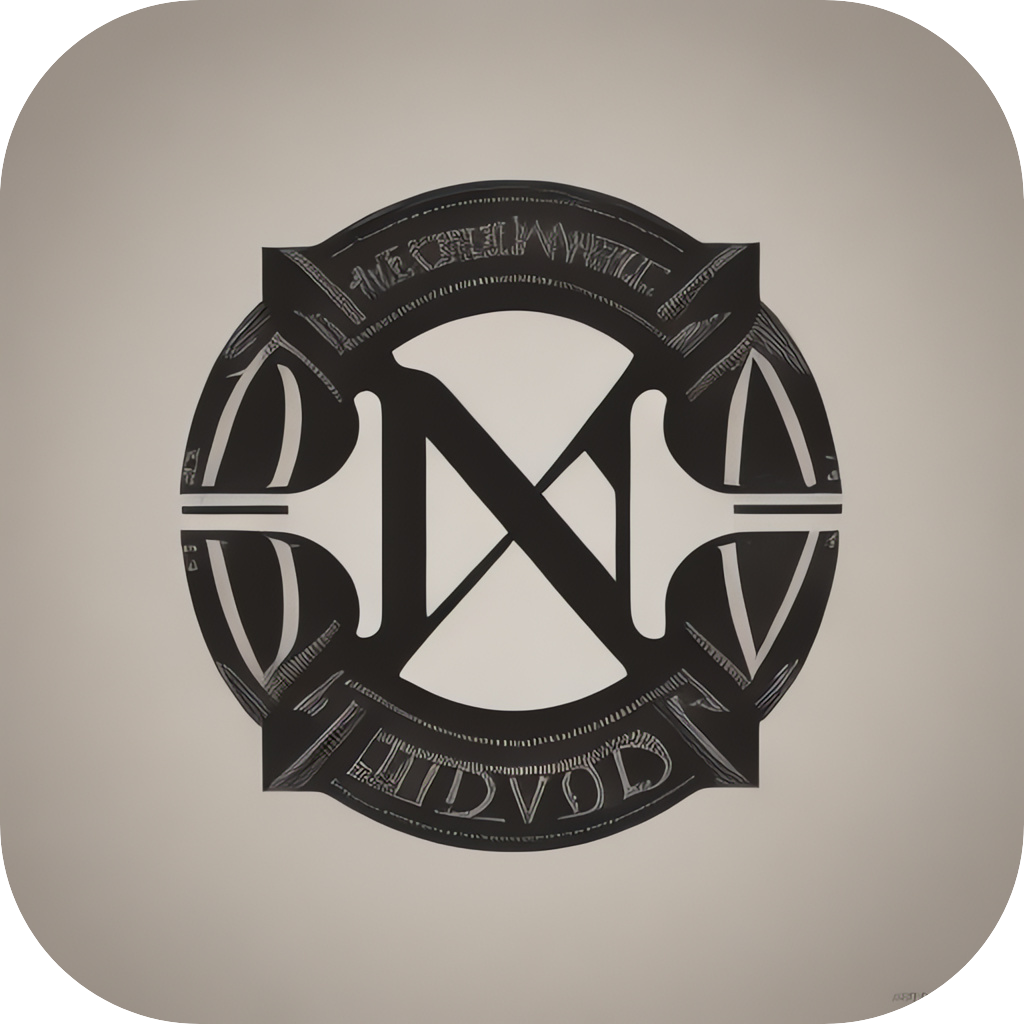Title: Mastering MarkdownMind: An In-depth Guide to Enhancing Your Digital Note-Taking with Markdown Syntax
Markdown, the essential companion for digital note-taking and document generation, is much more than a straightforward method for formatting text. It’s a language that empowers creators everywhere to articulate complex ideas clearly, organize information efficiently, and enhance the overall digital note-taking experience. Mastering Markdown means not only understanding its syntax but also embracing advanced techniques for content presentation, code management, and formatting to create visually stunning and easy-to-read notes. In this article, we’ll delve into several aspects of markdown mind, guiding you through the process of utilizing Markdown to its fullest potential for digital note-taking.
### #1: Introduction to Markdown Mind
Markdown is a lightweight markup language, originally created by John Gruber and Marc Andreessen. It allows you to write text in plain, easy-to-read format but displays it beautifully when rendered into HTML. Unlike HTML, which requires knowledge of tags and structure, Markdown uses simple, intuitive syntax that makes it accessible for everyone, regardless of their technical background.
### #2: Syntax Basics
**Headings**: To create headings, use numbers and hashes `#` to indicate the level of the heading:
– `#` for primary headings, typically titled as sections.
– `##` for secondary headings, useful for sub-sections.
**Bold and Italic**: Use asterisks or underscores to emphasize or italicize text:
– **Bold**: `**text**`
– *Italic*: `_text_`
**Links and Images**: Facilitate quick reference and embed images with hyperlinks:
– Link: `[text](URL)`
– Image: ``
**Lists**: Organize information with checklists or simple lists:
– **Checklist**: `- [ ] Item to do / – [x] Item done`
– Simple List: `1. Item 1
2. Item 2
3. Item 3`
**Code Blocks**: Highlight and format code snippets by enclosing them in backticks:
“`
// Code snippet here
“`
### #3: Advanced Formatting and Styling
**Emphasis with Accent**: Highlight text with accent:
– `text` here gets accent
**Block Formatting**: Use additional spaces to denote new paragraphs and text formatting:
“`
* Points that are important.
* More details to add.
* Remember, using line breaks for better readability.
“`
**Customizing Layouts**: With Markdown, you can use Liquid templates to automatically format your notes, adding style directly into the code that’s rendered as HTML.
### #4: Linking and Referencing Media**
Link multiple images and create a gallery with links:
“`



“`
**Embedding YouTube Videos**: Streamline video inclusion with automatic player controls:
“`
[youtube]https://YouTube.com/watch?v=1234567890[/youtube]
“`
### #5: Leveraging Markdown Mind in Digital Note-Taking
For effective note-taking, consider organizing notes sequentially with headings that denote chapter or section titles. Utilize lists for to-do items or ideas, making your notes dynamic and easy to scan. Employ hyperlinking and image linking to enhance note accessibility when integrating external resources.
### Conclusion
Mastering MarkdownMind is about understanding not just its syntax but also the logic behind content organization and presentation. With Markdown, you transform the way you take digital notes, making them more than just textual content; they become dynamic, interactive resources for learning and sharing. By honing your skills in Markdown, you’re not just creating notes; you’re crafting a structured toolkit for knowledge management that benefits both you and any collaborators you involve in your projects. The journey to mastering MarkdownMind is one of continuous discovery, leading to more efficient, engaging, and professional digital note-taking experiences.
